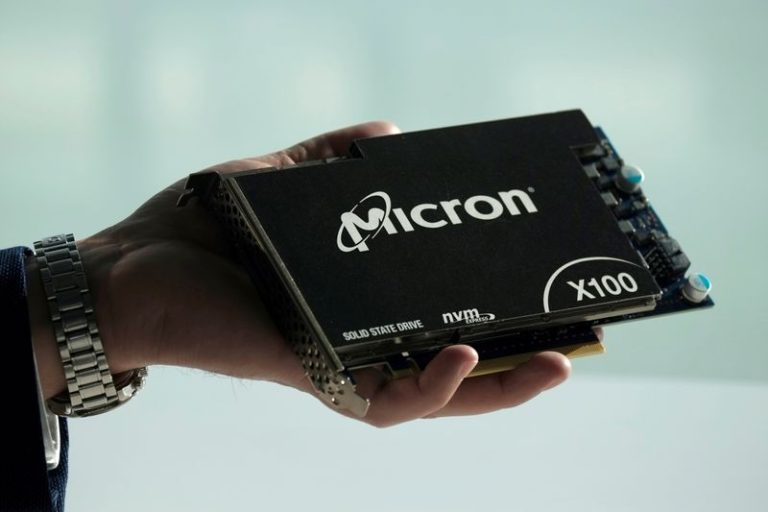The U.S. Department of Commerce has confirmed a substantial subsidy exceeding $6.1 billion for Micron Technology (NASDAQ:MU), a leading memory chip manufacturer. This funding is part of a strategic move to bolster the construction of semiconductor facilities within the United States.
As detailed in a White House statement on Tuesday, this allocation, which mirrors the figure initially disclosed in April, is among the most significant government contributions to chip companies under the U.S. CHIPS and Science Act.
This investment is designated for Micron’s factory expansions in New York and Idaho. The projects are anticipated to generate at least 20,000 jobs by the conclusion of this decade. Additionally, the Commerce Department has reached a preliminary agreement with Micron for an extra investment of $275 million.
This supplementary funding is aimed at enlarging the company’s Manassas, Virginia facility, which is known for producing semiconductor components used in the automotive, networking, and industrial sectors.
The White House highlighted the importance of this additional investment, stating it will assist in “onshoring a critical technology relied upon by our defense industry, automotive sector and national security community.”
This push for increased domestic semiconductor production is a key focus of President Joe Biden’s administration, which is actively working to decrease the United States’ dependence on foreign chip manufacturing, particularly from China and Taiwan.
The U.S. government has recently finalized a series of subsidies to support this initiative, including a $7.86 billion award to Intel (NASDAQ:INTC) and $6.6 billion to the U.S. division of Taiwan Semiconductor Manufacturing Co.
The confirmation of these awards occurs just weeks before President-elect Donald Trump is set to take office.
This article was generated with the support of AI and reviewed by an editor. For more information see our T&C.

